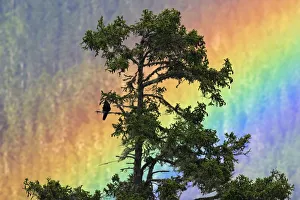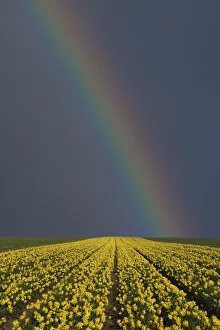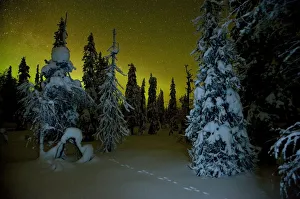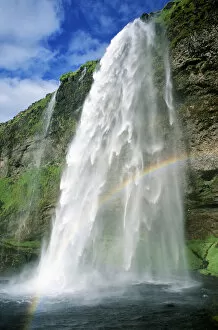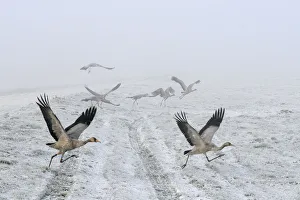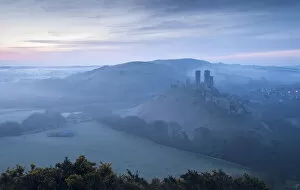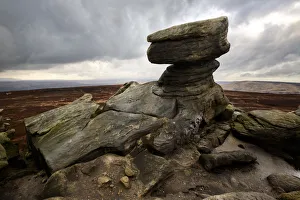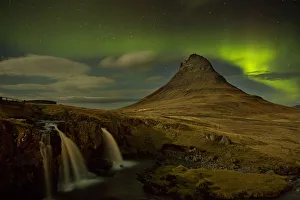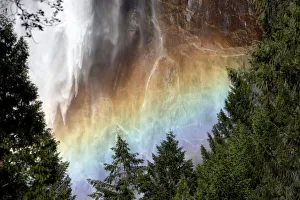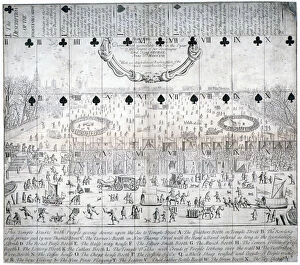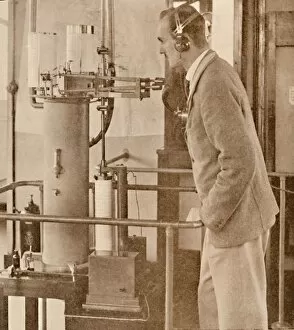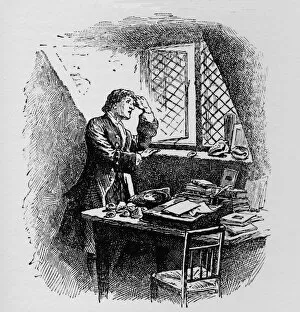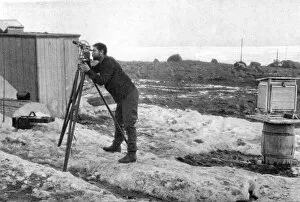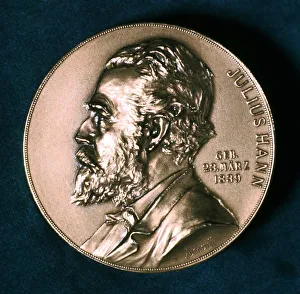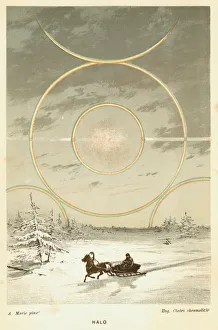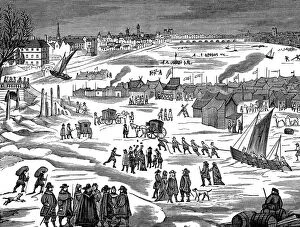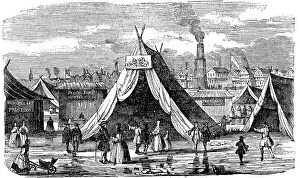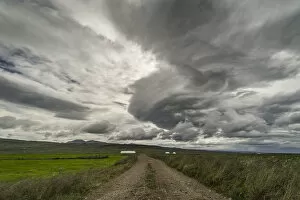Meteorology Collection (page 9)
Meteorology is the captivating study of Earth's ever-changing atmosphere, unraveling its mysteries and unveiling breathtaking phenomena
All Professionally Made to Order for Quick Shipping
Meteorology is the captivating study of Earth's ever-changing atmosphere, unraveling its mysteries and unveiling breathtaking phenomena. From the mesmerizing sight of our Whole Earth, resembling a radiant Blue Marble in 2000, to the Galapagos Admiralty map by Fitzroy Beagle that navigates us through uncharted meteorological territories. Intriguing moments like Paraselena at McMurdo Sound on a crisp morning in June 1911 transport us to ethereal realms where ice crystals create enchanting halos around the sun. The Krakatoa sunsets captured in delicate artworks from 1883 remind us of nature's power and beauty intertwined. Paraselena once again enchants our senses as we journey back to January 1911 at Cape Evans in McMurdo Sound, where shimmering lights dance across the sky during an unforgettable night. Witnessing the Aurora borealis painting vibrant streaks over the Lyngen Alps fills our hearts with awe from Sjursnes, Ullsfjord, Troms in North Norway. Frost-covered trees glistening under winter's touch alongside Glastonbury Tor evoke a sense of tranquility amidst chilly temperatures. The Snow-covered United Kingdom transforms into a magical wonderland during January 2010 when every corner becomes adorned with nature's delicate white blanket. Porthmeor Beach invites us to St. Ives in Cornwall, England—a coastal paradise where meteorology meets stunning landscapes—offering endless inspiration for those who seek solace by the sea. A cloud-filled blue sky acts as nature's canvas upon which she paints her masterpieces day after day. While exploring meteorological wonders on Earth, let us not forget tales that captivate imaginations such as Roswell's UFO crash site nestled within New Mexico’s vast desert expanse—an enigma waiting to be unraveled by scientific inquiry. Finally, witnessing sunlight piercing through clouds reminds us that even amidst turbulence, there is always hope and beauty to be found.

